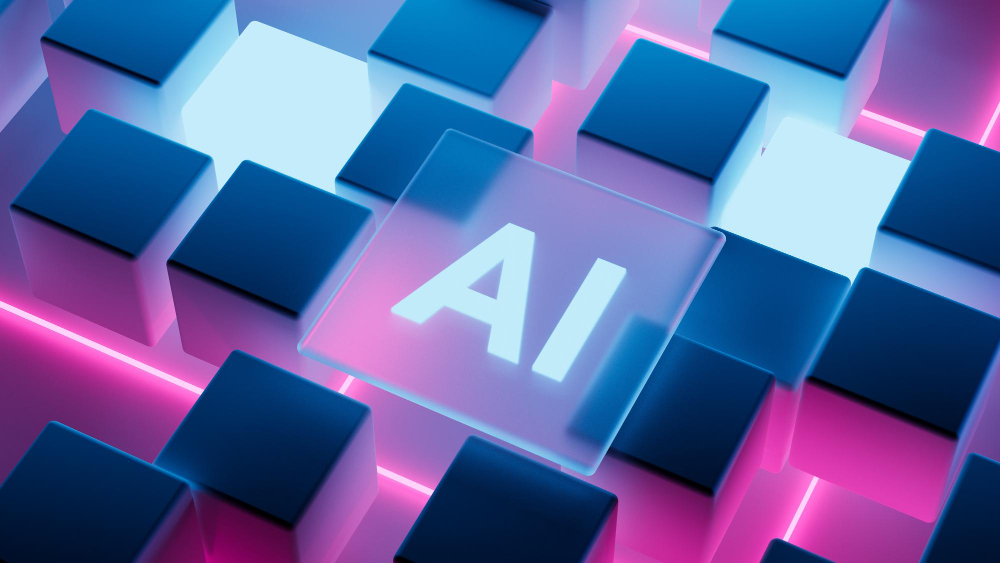In recent years, artificial intelligence has quietly but profoundly entered our daily lives: automatic translators, voice assistants, text and image generation, smarter search engines...
But there is one area where its impact could be truly revolutionary: digital accessibility.
AI as a tool for breaking down barriers
Accessibility aims to make digital products and services usable by all people, regardless of their physical, sensory, or cognitive abilities.
In this context, artificial intelligence can act as a technological bridge, reducing the distance between people and digital content.
Here are some concrete examples:
- automatic transcripts and subtitles: tools such as Whisper (OpenAI) or the systems integrated into YouTube and Teams generate real-time subtitles for people with hearing impairments;
- automatic image descriptions: thanks to visual recognition, platforms such as Instagram or Microsoft Seeing AI “describe” what is in a photo to those who cannot see it;
- accessible voice assistants and chatbots: conversational AI helps those with motor or visual impairments to navigate, fill out forms, and obtain information using only their voice;
- adaptive personalization: intelligent systems can automatically modify text complexity, font size, or colors based on user preferences.
The other side of the coin: biases and risks
However, AI is not automatically inclusive.
Algorithms learn from data, and if the data is biased or incorrect, the results may exclude rather than include.
For example, a speech recognition model may not understand particular accents or inflections well, or a computer vision system may not “see” people with different skin types or physical conditions correctly.
For this reason, it is essential to adopt an ethical and inclusive AI approach: this means designing, testing, and training algorithms with a real diversity of people and contexts.
What can a company actually do?
AI-mediated accessibility is not just a technical issue, but a strategic investment. Here are some practical steps to bring it into your corporate culture:
- integrate accessibility into AI project requirements, not as a final step, but as a design criterion;
- involve people with disabilities in testing to truly verify the effectiveness of the tools;
- choose inclusive datasets that represent the real diversity of users;
- continuously monitor biases, because an AI model evolves over time, as do its potential distortions.
Towards truly “human” intelligence
The ultimate goal is not only to build intelligent technologies, but empathetic technologies.
AI can become a powerful ally of accessibility if it is guided by principles of equity, diversity, and inclusion.
In an increasingly digital future, the most valuable intelligence will be that which understands and includes every person.



